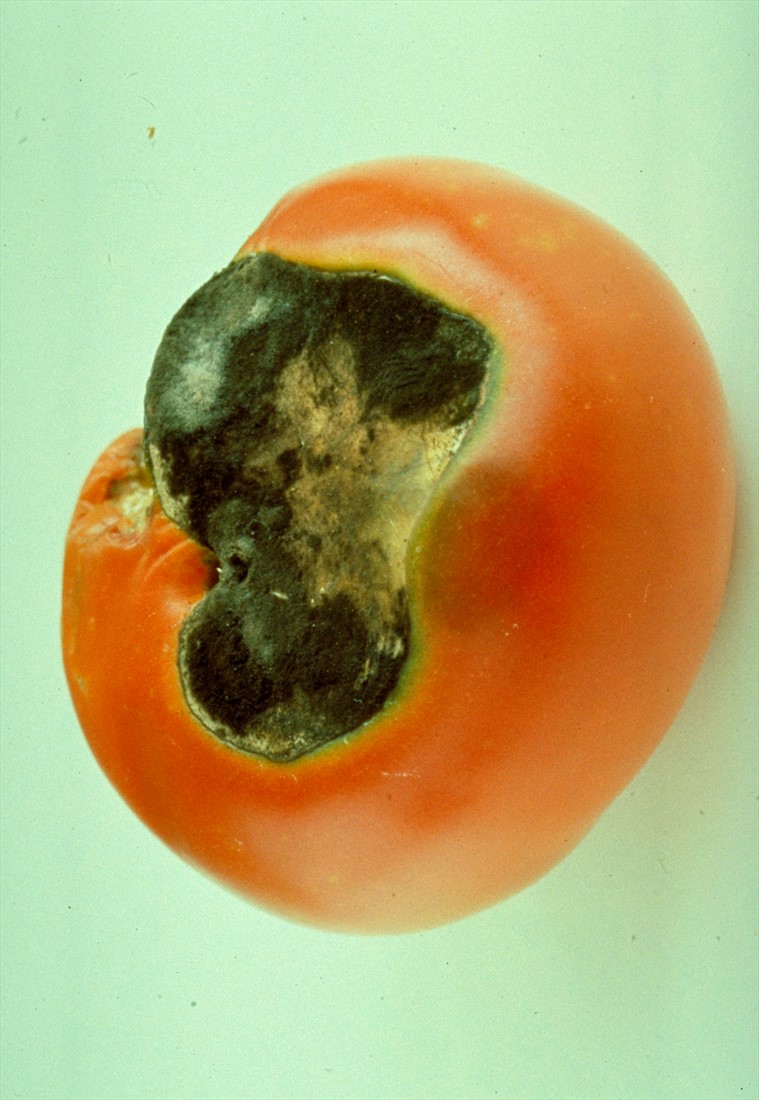
Should we be concerned about these bugs?Ī: These are black aphids which are common on chitalpa, its leaves and flowers, as well as other plants. I started noticing them on the red yucca flowers earlier as well. These tiny little insects are on every bloom and bud. Q: I found black little insects on the flowers of my chitalpa and ocotillo. I talk about this disease more in depth on my blog. Any commercial vegetable fungicide will work but those containing the ingredients chlorothalonil, mancozeb and copper work the best. Prevent the disease from spreading on new foliage by using a fungicide. It is important to remove the infected leaves and stems as early as possible and put them in the trash, not the compost pile.

Remove yellowing foliage at the stem by “snapping” off the leaves or by cutting with scissors. Keeping the foliage wet will encourage and spread this disease. When irrigating tomatoes, do not irrigate the foliage, only the soil. The key to prevention and spread of the disease is sanitation and rotating your vegetables between garden spots. This disease is easy to control if you start early. Once plant dieback occurs, the fruits are left exposed to intense sunlight where they burn. If left alone, this disease will first cause yellowing on older leaves, followed by gray or brown spotting, then dieback of the plant. Early blight of tomato has been seen on the variety called Big Boy but is probably on others as well. There is an issue occurring now in home gardens that may need your attention, called early blight of tomato. See fungicide table below for a list of effective products for control of early blight.Tomato blight will first cause yellowing on older leaves, followed by gray or brown spotting, then dieback of the plant. Keep plants vigorous through good soil fertility regimes.
:max_bytes(150000):strip_icc()/Earlytomatoblightleaves-5b229e5e8023b9003681e6cd.jpg)

After landing on tomato plants, spores only require two hours to germinate and infect the plant. The fungus survives in plant debris in the soil (main source for inoculum) and on seed. Optimum conditions for infection occur during warm (78-84⁰F), wet periods of rain, overhead irrigation, or heavy dew. Lesions on green or ripe fruit develop near the calyx end and become leathery over time. Infected seedlings planted in the field either die as stem lesions enlarge or the plants may be stunted and unproductive. Severe infections result in reduced yield and lower quality of fruit. When there are numerous or large lesions, the entire leaf may become yellow and fall off, exposing fruit underneath to potential sunscald. A yellow halo may develop around the lesions, and concentric rings develop when spores are produced. Younger leaves do not show visible symptoms. The first foliar symptoms are brown necrotic spots on older leaves that enlarge over time. Lesions can develop on leaves, fruit, and stems. Potatoes are also susceptible to early blight.

It is caused by the fungus Alternaria solani. Early Blight Symptoms on Fruit Casual AgentĮarly blight disease affects tomato and eggplant, but not pepper.


 0 kommentar(er)
0 kommentar(er)
